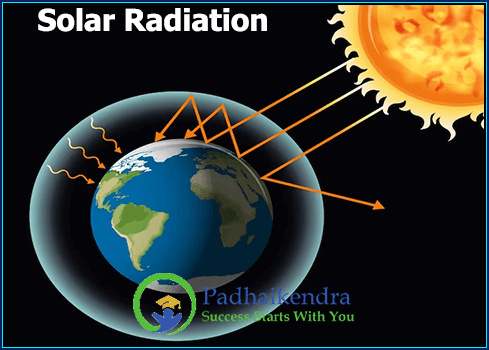Solar radiation is one of the most important factors that affect the Earth’s climate. It is the primary source of energy that drives the Earth’s climate system, and without it, the planet would be unable to support life. Solar radiation is a form of electromagnetic radiation that is emitted by the Sun, and it travels through space at the speed of light. When solar radiation reaches the Earth’s atmosphere, it interacts with the gases and particles in the atmosphere, and some of it is absorbed or scattered, while the rest reaches the Earth’s surface.
The amount of solar radiation that reaches the Earth’s surface depends on a number of factors, including the angle at which the radiation hits the Earth’s surface, the distance between the Earth and the Sun, and the amount of atmospheric interference. The angle at which the radiation hits the Earth’s surface is determined by the latitude of the location and the time of year. At the equator, the solar radiation is almost perpendicular to the Earth’s surface, while at higher latitudes, the angle is more oblique.
The distance between the Earth and the Sun varies throughout the year, as the Earth moves in its elliptical orbit around the Sun. The Earth is closest to the Sun in January and farthest away in July. This variation in distance causes the amount of solar radiation reaching the Earth’s surface to vary throughout the year.
The atmosphere plays an important role in regulating the amount of solar radiation that reaches the Earth’s surface. The atmosphere contains gases and particles that can absorb or scatter solar radiation. For example, ozone in the upper atmosphere absorbs harmful ultraviolet radiation from the Sun, while clouds scatter and reflect solar radiation back into space. Greenhouse gases such as carbon dioxide, methane, and water vapor trap some of the outgoing heat radiation, leading to the greenhouse effect and warming of the Earth’s surface.
In conclusion, solar radiation is a major factor that affects the Earth’s climate, and it plays an important role in determining the amount of energy available for various physical and biological processes on the planet. The interaction between solar radiation and the Earth’s atmosphere is complex, and it involves a number of physical and chemical processes. Understanding the role of solar radiation in the Earth’s climate system is important for predicting and mitigating the effects of climate change.





